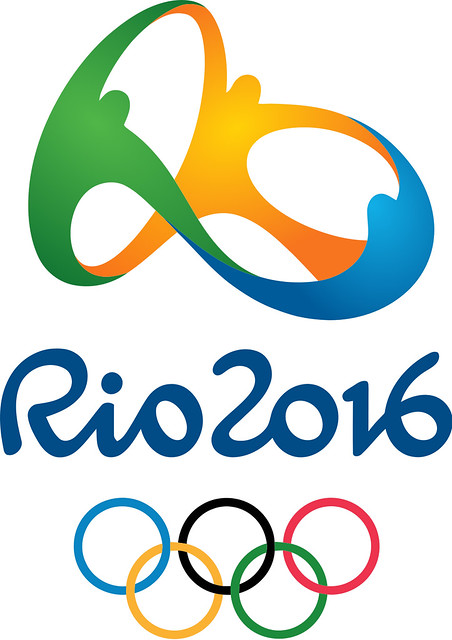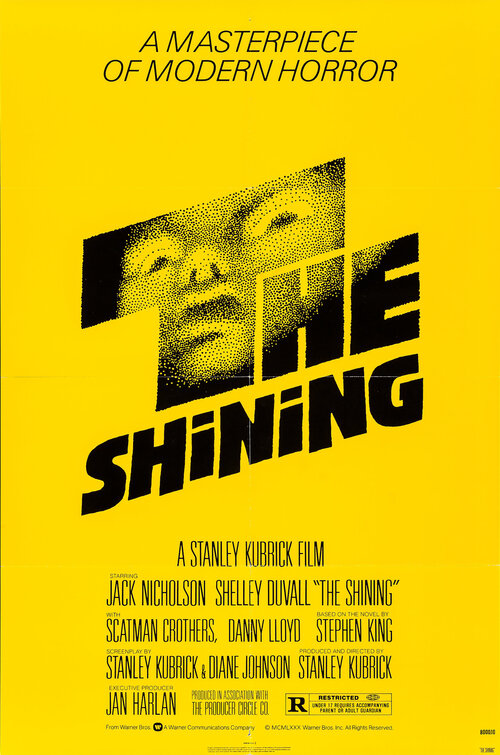 |
| Don't look down — there aren't any jobs there, either. |
Although I know this response is supposed to be to something that happened in the Advanced Magazine Design class, I feel that my subject is related closely enough that it merits discussion. Representatives from a few of Meredith's many publications visited the class and held a Brown Bag discussion about finding jobs immediately beforehand that was open to the entire magazine department. Let it be known that my greatest concern in this and every other waking moment is how and when I will secure post-Columbia employment. Ideally, I would be working for a magazine based in New York and earning a livable wage. Coming back to reality, I know that if I'm lucky, I'll reach that point a few years down the road. For the time being, I'll be ecstatic if I can have two out of three.
What the Meredith reps explained was at times both alarming and reassuring (80:20 ratio, give or take). They said that we should expect to work unpaid out of college (something I probably cannot afford for any serious duration), and that finding jobs in the magazine industry is largely about connections. Fortunately for me, I chose wisely with the University of Missouri, which is a name in itself that seems to function as a connection, not to mention any faculty (ahem) connections who might know somebody (in New York) who knows somebody (in Chicago) who knows somebody (in Fairbanks) who might be hiring somebody (after a three-month probation period). Another small confidence boost came in Maggie Meyer's explanation of why she was hired. She said that she is a designer who thinks like an editor, and although I hate to toot my own horn (commence tooting), I think that description fits me and my resume as well.
At the end of the day, the Brown Bag did little to assuage my paralyzing fears about life after mid-Missouri. I still feel like I'm tied up and slowly being lowered into a pit of molten steel (or into a pool of sharks with lasers attached to their heads). I suppose, though, even if I can't find a paying job immediately, I'll survive. After all, there were two more Terminators and three more Aliens.







